Manual on Environmental Education and Communication in Laos
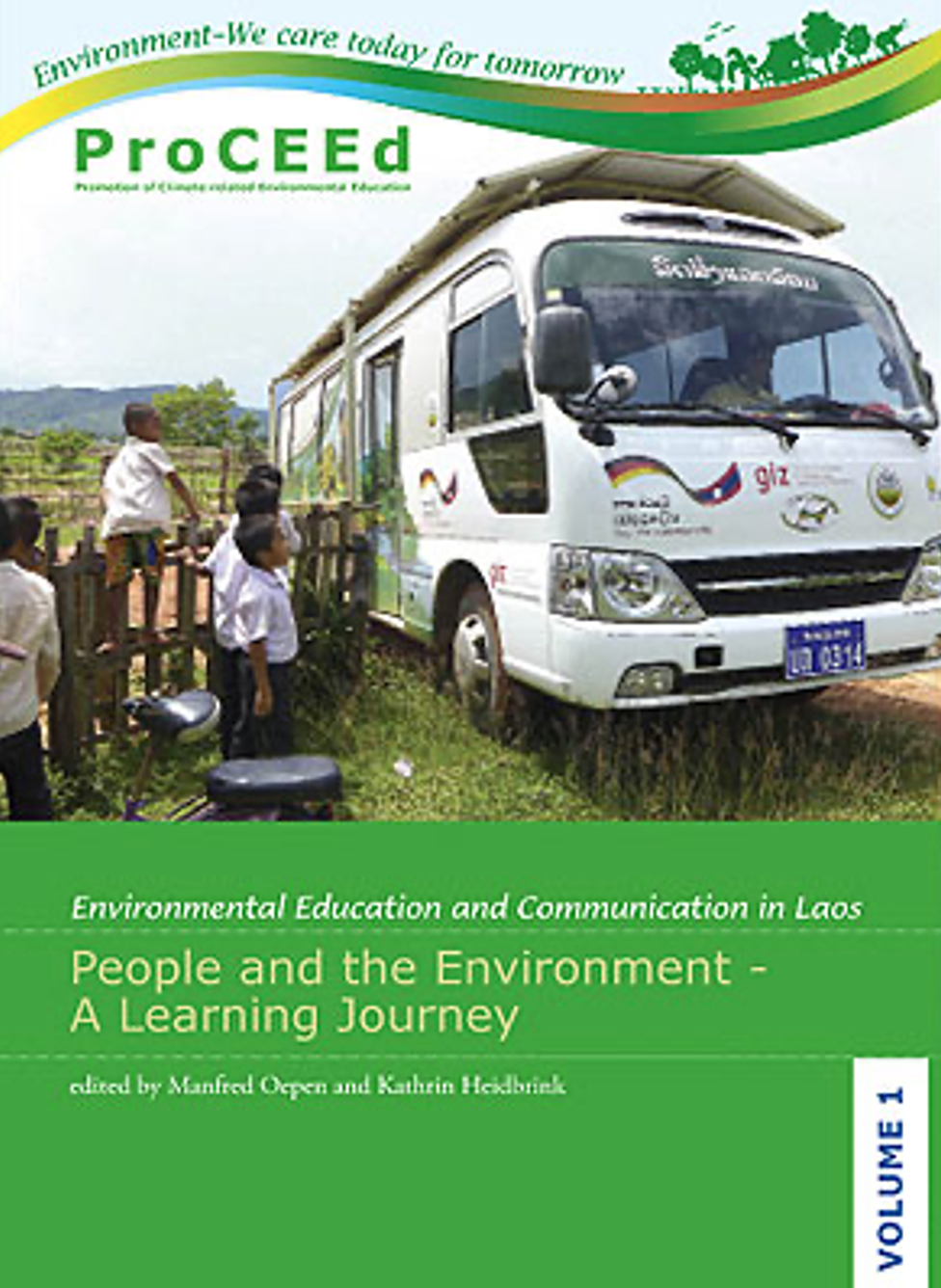
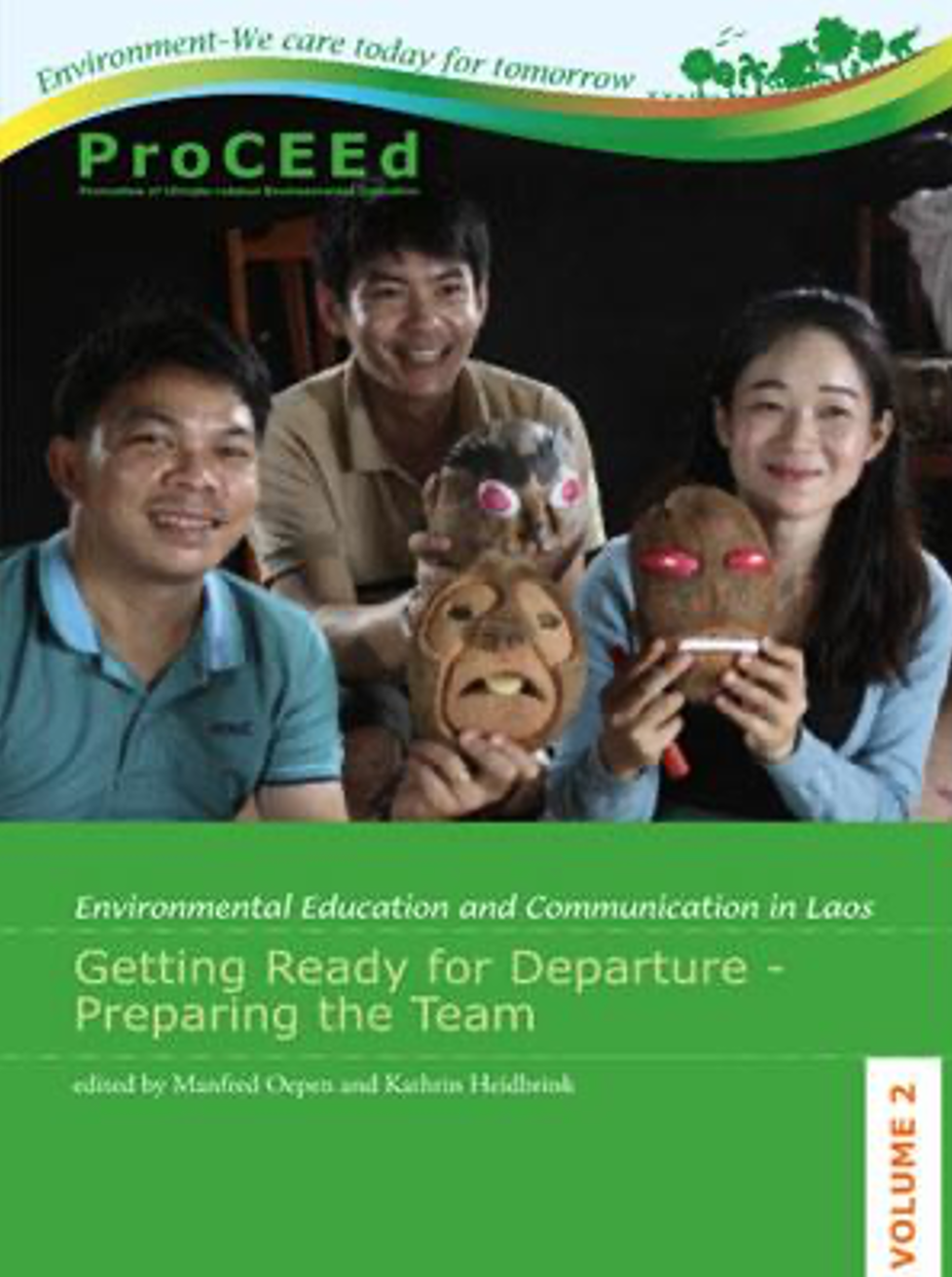
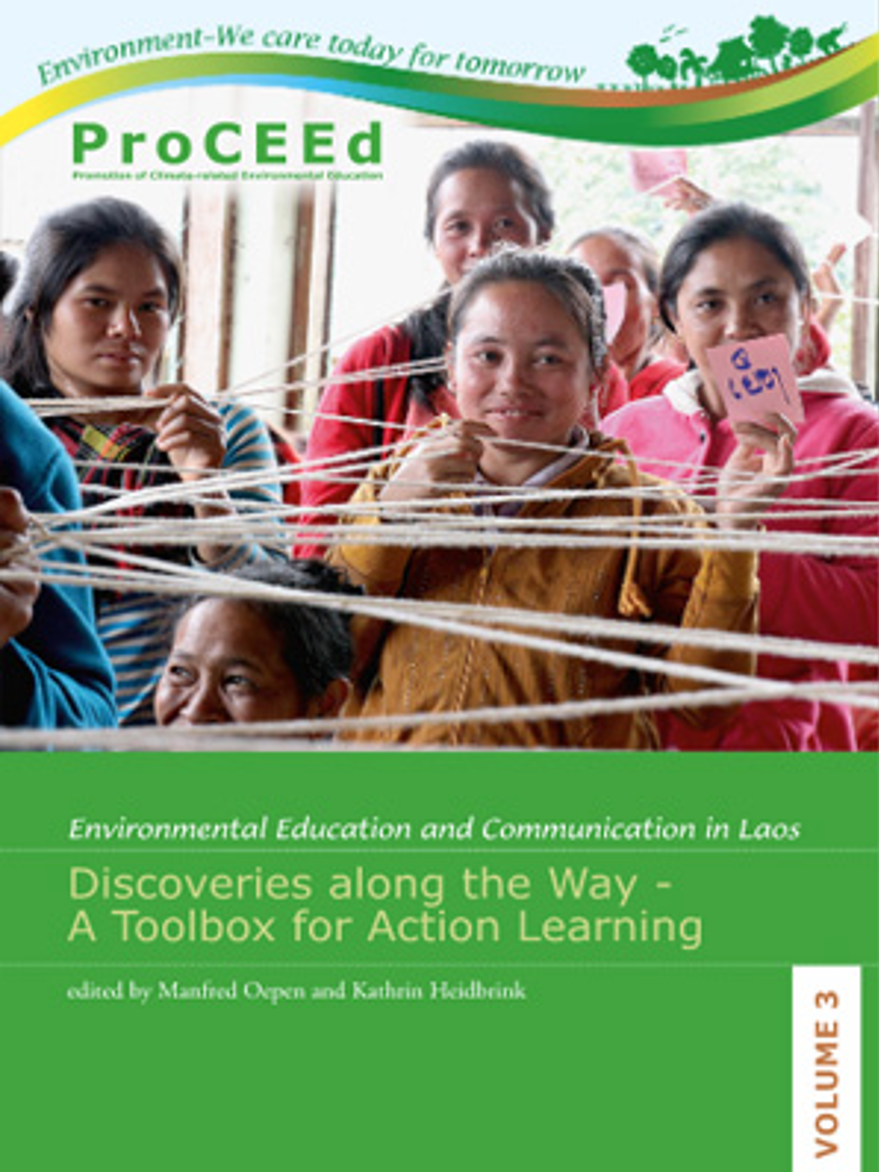
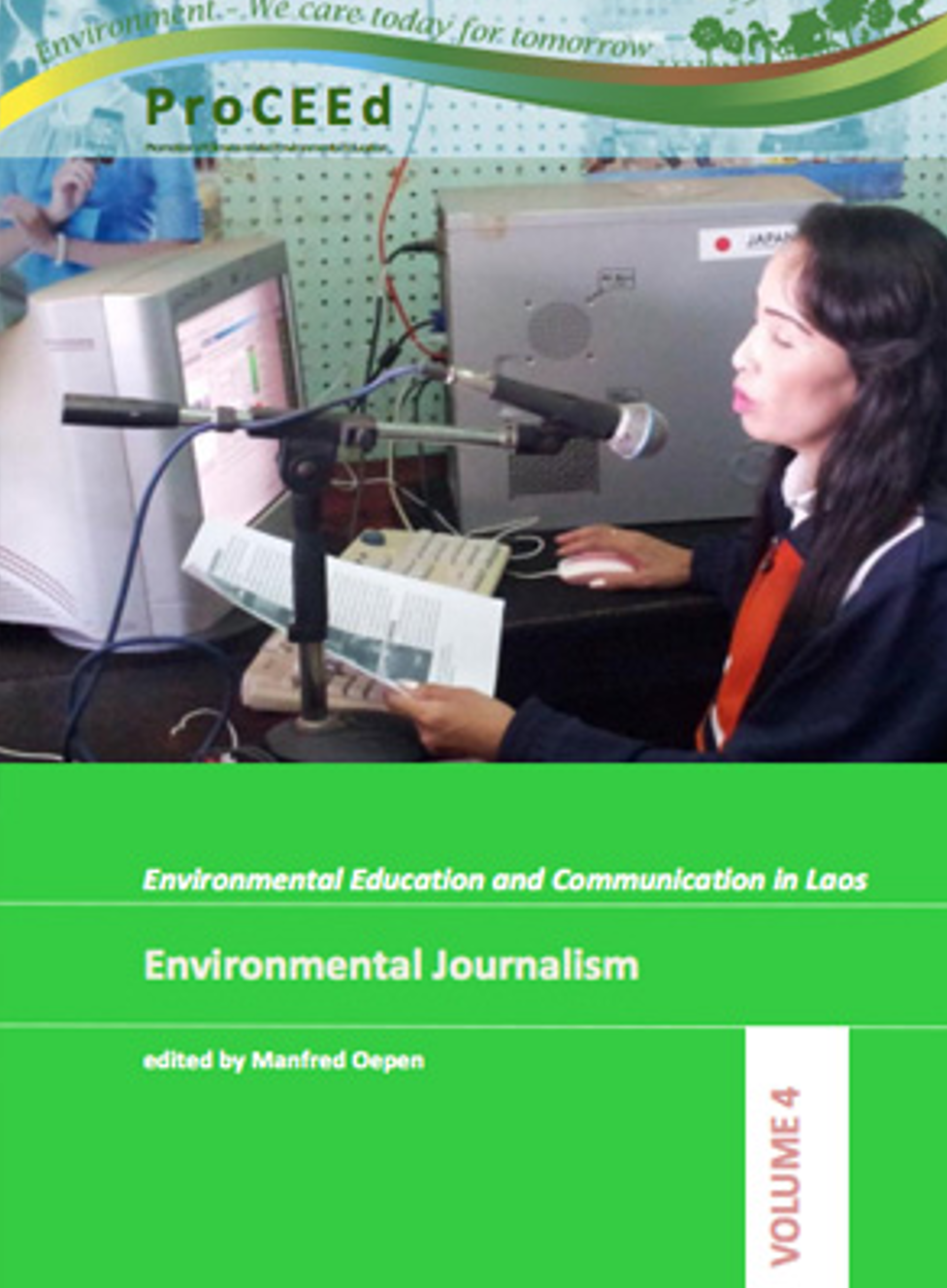
The Environmental Education and Awareness (EEA) output of the GIZ ProFEB program in Loas has re-established links to a manual on environmental education and communication, originally published by GIZ ProCEEd. The manual incorporates results from environmental education and communication tours and events (Vol. 1), human capacity development efforts (Vol. 2), a toolbox for action learning (Vol. 3), and a guide on environmental journalism (Vol. 4). The four volumes are the backbone of what organizations committed to EEA in Laos have developed with GIZ. Its rather general methods and tools can be used for environmental education and communication in other countries as well.
Environmental education and communication (EEC) means the planned and strategic use of learning and communication processes to support policy making, public participation and the implementation of activities geared towards sustainable development. This involves two-way social interaction that enables people to understand key environmental factors and their interdependencies, and to respond to environmental challenges in a competent way. EEC does not aim at information dissemination alone but at a shared vision of a sustainable future and community-based action and skills learning to solve or prevent environmental problems.
This approach is based on several interrelated elements:
- learning by doing in an interactive, practice-oriented way,
- communicating through a combination of information and entertainment,
- visualizing information because “a picture is worth a thousand words”,
- learning and communicating based on real problems as perceived by the people concerned,
- formulating messages and learning aids in a way that are attractive to the learners and communities who are to gain knowledge or change attitudes and practices.
Who is this manual for?
A variety of people will find useful information in this manual: managers, trainers, facilitators, field workers, and journalists. Vol. 1 and Vol. 2 have been developed primarily with government and civil society partners in mind, which have operated environmental bus tours together with GIZ. However, all volumes are structured and written in a way that makes their content relevant and useful for all organizations interested in non-formal environmental education, whether in Laos or in other countries.
What does this manual contain and how is it structured?
This manual is structured like an onion. The outer layer relates to management, i.e., the conceptual and preparation processes that organizations need to go through when planning and implementing environmental education. The middle layer is about the skills and competencies that an organization’s staff needs to develop to be able to facilitate environmental education activities. And finally, the inner layer contains the actual methods and tools that staff members should apply to the problems and needs of the participants they work with, be it in environmental education classroom events or with communities in the field.
What all volumes have in common is their foundation in education for sustainable development, their pillars regarding non-formal environmental education and environmental journalism through mass media, and their overall orientation to the 10 key FACTs for five environmental topics – climate change, biodiversity conservation, wildlife conservation, forest protection and co-management of protected areas – as well as the 10 steps of an integrated Environmental Education and Communication Strategy (EECS).
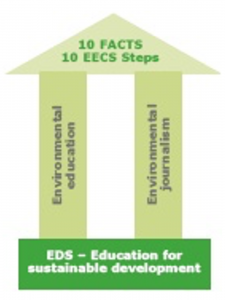 How can this manual be used?
How can this manual be used?
On the one hand, this manual provides a process-oriented case study from Laos on a variety of environmental education activities that have been organized and implemented over a long period of time.
On the other hand, it can be used as a collection of inter-related environmental education and communication methods and tools, which interested parties can combine and integrate into a new case of taking people on a learning journey to protect the environment.
The different volumes of the manual may well be taken up by different user groups. For example, managers may only read Vol. 1 and 2 because they are more interested in the management and human resources development aspects. Facilitators, field workers or volunteers may only read Vol. 3 because they are looking for guidance and new tools to use in their work. Journalists and media workers will be most interested in the guide on environmental journalism in Vol. 4.
- Link to further information
- Link to project’s website
- Link to Vol. 1 Environmental Tours & Events
- Link to Vol. 2 EEC Training
- Link to Vol. 3 EEC ToolBox
- Link to Vol. 4 Environmental Journalism
Contact Persons
Robert Steele, Team leader
Manfred Oepen, C4SC consultant
Key buzzwords
environmental education & communication (EEC), 3H learning: Head-Heart-Hand, transformative education for pro-environmental behavior, edutainment, EEC tools, games, exercises etc., communication for social change (C4SC), environmental journalism, roadshows, Laos

